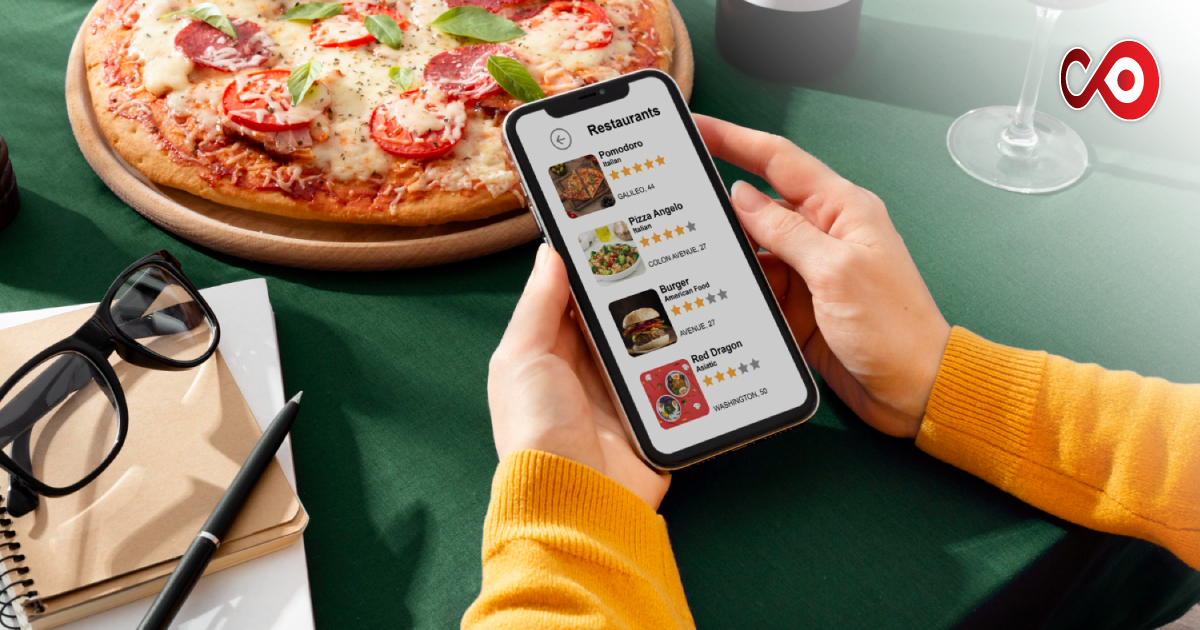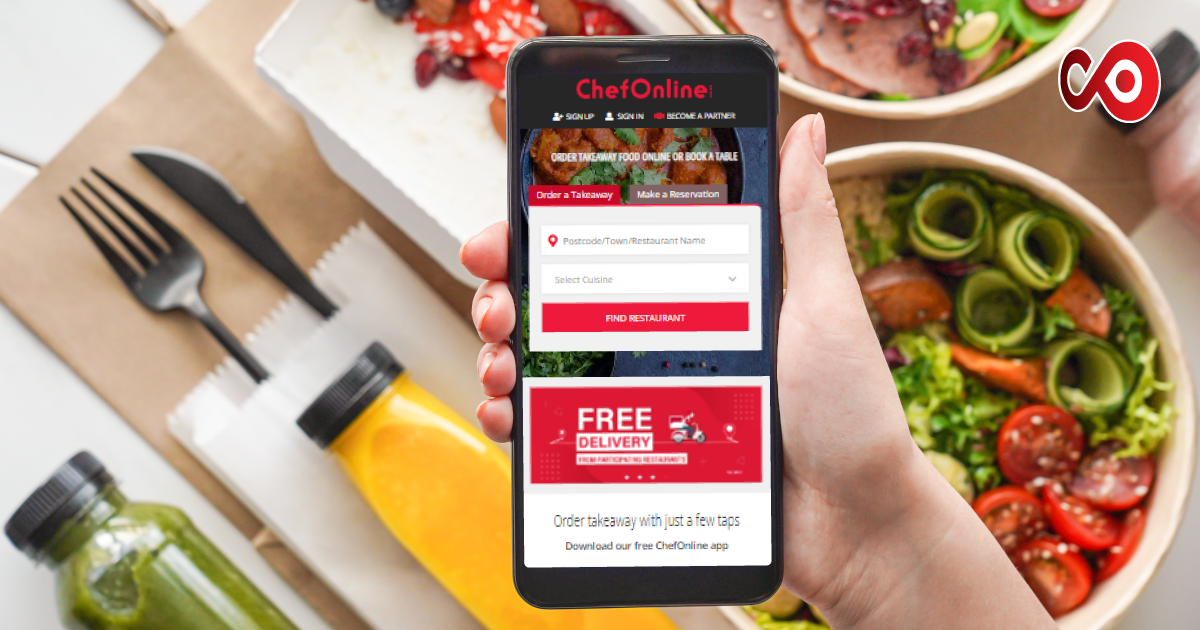If you run a restaurant in the UK, chances are you’ve wrestled with this question: “Do I really need to switch to digital menus, or should I stick with print?”
We’ve seen this debate play out in countless dining rooms over the past few years. The pandemic forced many of us into QR codes, but now restrictions are gone, and some diners are saying: “Enough with the codes, just give me a menu I can hold.” Does that sound familiar?
So, which way do you go? Here’s an honest look at both sides, from someone who’s spent too long obsessing over menus.
Printed Menus: More Than Just Paper
Here’s the thing about printed menus: they’re not just functional, they’re emotional. There’s a ritual to holding a menu, running your fingers over quality paper, flipping through pages while you take in the atmosphere. For high-end dining, that tactile experience says, “This is special.”
And let’s not forget takeaway menu printing. If you think printed menus are dead, explain why pizza joints still push menus through letterboxes. Because they work. People stick them on the fridge. They order without Googling you or scrolling through a third-party app. It’s simple, and simplicity sells.
Printed menus also cater to diners who don’t want to mess with tech at the table. Older guests, or those who just want a break from screens, find comfort in a physical menu.
Digital Menus: The New Normal
Now, digital menus. We’ll admit, they’re a lifesaver for flexibility. Sold out of lamb shanks? Update it in seconds. Running a weekend special? Done. No waiting, no printing, no extra cost.
Plus, menu design online gives you various options. Add allergen info, gorgeous dish photography, even upselling prompts like “Pair this with our house wine.” Customers scroll, tap, and order, all without waving down a server.
And let’s be honest, post-pandemic, a lot of diners expect QR codes. They like the contactless experience, especially in fast-casual settings. Digital menus are also kinder to your budget and the planet.
Of course, it’s not perfect. Tech relies on Wi-Fi (and we all know how that goes on a busy Saturday night). Some guests hate pulling out their phones to order. If your brand leans on warmth and personal touch, an all-digital experience can feel… cold.
Print vs Digital: What’s Really Different?
It’s not just “paper vs screen.” It’s about the experience you want to create.
- Printed menus speak to tradition, elegance, and the sensory experience.
- Digital menus scream flexibility, speed, and modern convenience.
Think about your brand. A fine dining restaurant with crystal glasses and white linen probably isn’t handing out QR codes as the main menu. But a bustling street-food spot with quick turnover? Digital all the way.
Which One Wins?
Here’s the truth: there’s no clear winner. It depends on your concept, your customers, and your goals. The smartest restaurants don’t choose, they combine.
- Printed menus for dine-in guests. It’s part of the theatre of eating out.
- Digital menus for updates, takeaways, and tech lovers. Keeps you agile and cost-effective.
That way, you’re covering all bases. And if you’re eyeing a Restaurant award, this kind of thoughtful approach to customer experience doesn’t go unnoticed.
Final Thought: Your Menu Is Your Brand
Menus are a part of your story, not just a list of dishes. Whether you go for menu design and printing or embrace digital menus, ask yourself: does this reflect who we are? Does it make life easier for our guests?
Because at the end of the day, no one raves about the QR code or the paper stock, they rave about how you made them feel.
FAQ: Digital vs Printed Menus
- Are digital menus really cheaper than print?
Over time, yes. You avoid constant reprints, which saves money if your menu changes often. - Do customers prefer printed or digital menus?
Depends on your audience. Younger diners lean digital, but plenty of people still love the feel of a real menu.
3. Can I use both?
Absolutely, and honestly, you should. It’s the most customer-friendly approach.





